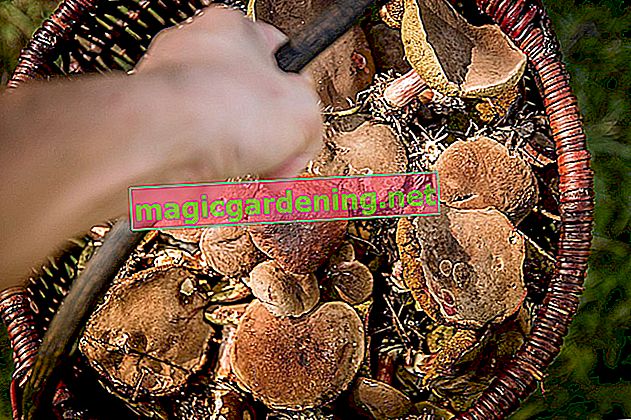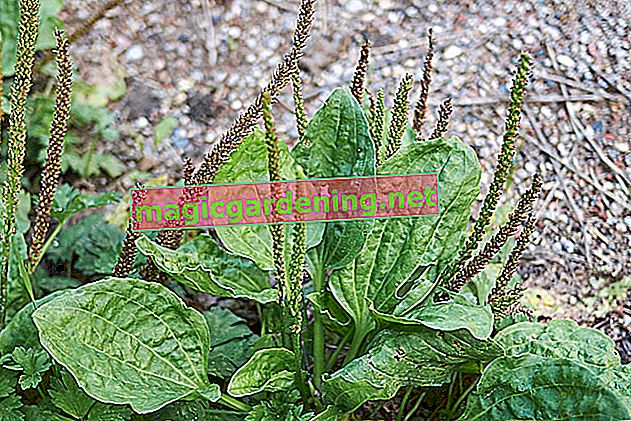
When should oleanders be radically pruned?
This can be the case if the plant has been neglected for several years and is therefore bare. Neither leaves nor flowers will grow back on these leafless branches, which is why you have to remove them and stimulate new growth. Even if the shrub doesn't really want to grow and / or bloom, radical pruning can sometimes work wonders. Oleander sprouts reliably from sleeping eyes as well as directly from the roots. In the season after pruning, a beautiful bushy shrub has developed. You only have to wait a while for flowering, because oleander mainly flowers on two-year-old wood.
also read
- Oleander slowly get used to it after winter
- Why does oleander have dried up leaves after winter?
- Cut back oleanders before wintering
How is the radical cut carried out?
Remove any shoots just above the ground. They only leave three to five young and well-developed ones and cut them off about a hand's breadth - i.e. about 20 centimeters - above the ground. Be careful not to leave any stumps - only weak water shoots develop from them that do not form flowers.
Instead of radical pruning, thin out the oleander
If you do not want to put your oleander on the stick and want to forego the flowering for the time being, you can only thin out the bush. Carefully cut away all bald and weak, diseased, dead and overhanging shoots. This procedure has the advantage that you do not have to do without the flowering in the following year.
Which season is best for this measure?
Basically, you can do this cut any time of the year. However, it is best for the oleander to sprout again after pruning in spring, because at this time the plant is already prepared for new sprouts. Make the pruning in March or April on a mild day and after clearing out of the winter quarters.
Tips
Of course, oleander can also be cut back before it is put into winter quarters.








